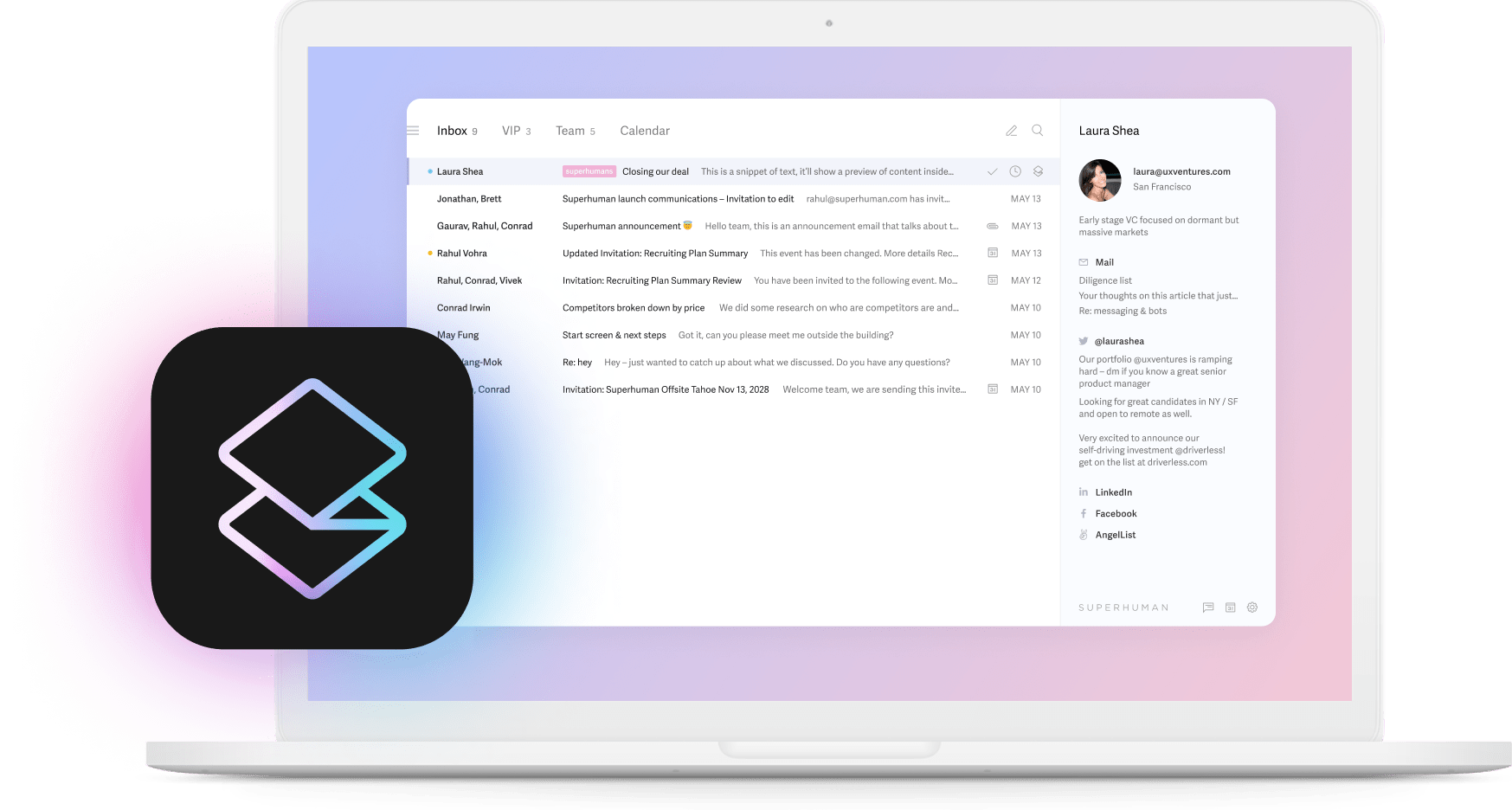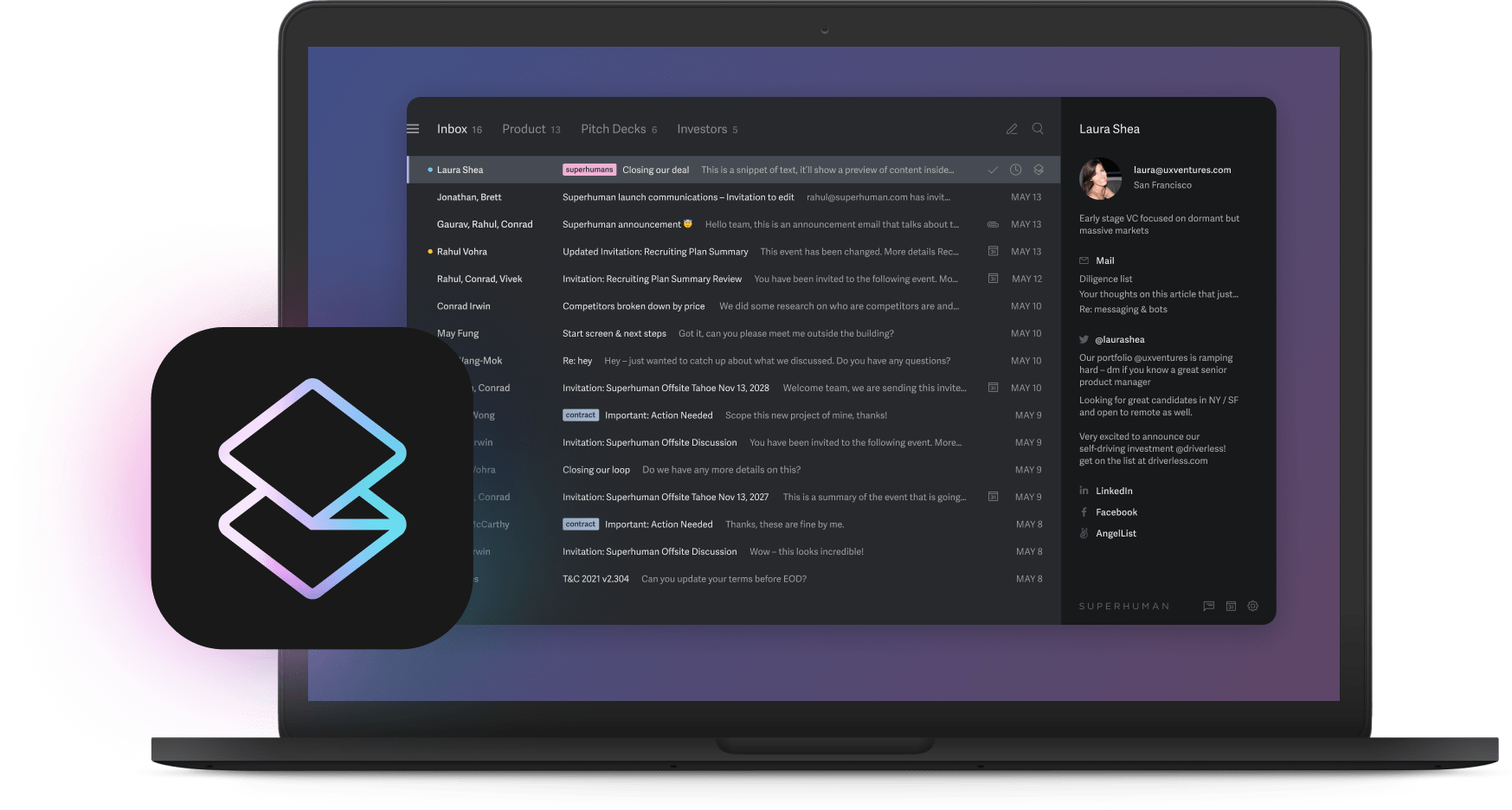
Most companies spend millions on enterprise AI and get nothing back. They hire consultants, buy expensive platforms, and run endless pilots. Then they wonder why their AI projects sit unused while competitors race ahead.
We've seen this pattern hundreds of times. The problem isn't the technology. The problem is how companies think about AI. They treat it like a software you install instead of a capability you build. They focus on features instead of outcomes.
65% of organizations now use enterprise AI across multiple business functions. The winners aren't the ones with the fanciest tools. They're the ones who understand what enterprise AI really does and how to deploy it right.
This guide shows you exactly how the winners think about enterprise AI. We'll break down what works, and what doesn't, and give you a step-by-step plan to transform your operations.
Why you can't ignore AI anymore
Here's what happens when you wait. Your competitors start making decisions faster than you. They spot opportunities while you're still collecting data. They solve customer problems while you're still figuring out what the problems are.
The early adopters aren't just winning. They're running away with it. They ship products faster, cut costs deeper, and spot opportunities in real-time while everyone else scrambles to catch up.
AI does more than handle repetitive tasks. It helps your teams find patterns no human could spot at that speed. Think about pricing decisions. Or demand forecasting. Or risk assessment. When your models update continuously, you make better decisions without waiting for quarterly reports.
Entire industries are changing right now. Retail companies are rewriting supply chains with predictive analytics. Healthcare is speeding up diagnoses with computer vision. Finance is stopping fraud before it costs money.
If your strategy still treats AI as optional, you're planning for a world that no longer exists.
Three use cases that work
Most AI projects fail because companies pick the wrong problems to solve. They go for flashy demos instead of boring problems that save money. They chase perfection instead of progress.
You need use cases that work across industries, show clear returns, and scale after you prove they work. Three consistently deliver results: revenue optimization, customer intelligence, and strategic decision support. Each one uses data you already have to improve decisions that directly impact your bottom line.
Revenue optimization
Your pricing decisions are probably costing you millions. Most companies set prices based on gut feelings, competitor analysis, or simple cost-plus formulas. AI changes that completely.
Modern pricing engines analyze customer behavior, market conditions, competitor moves, and demand patterns in real time. They test thousands of price points simultaneously and optimize for maximum revenue. When integrated with your sales systems, they adjust pricing dynamically based on inventory, seasonality, and customer segments.
Companies see revenue increases of 15-25% once they get this right. The system keeps learning from every transaction, so gains compound over time. You can capture more value from high-willingness customers while staying competitive for price-sensitive segments.
AI customer service
You don't need a room full of agents to answer routine questions anymore. Modern virtual agents understand customer intent, pull context from CRM data, and resolve issues in seconds.
The savings come from fewer escalations, but the bigger win is availability. You capture late-night sales and keep customers happy during peak seasons. Every conversation feeds new training data back into the model, so answers get better week after week.
Human agents can focus on complex, high-value conversations that drive loyalty and cross-selling. The repetitive stuff gets handled automatically.
Customer intelligence
You're probably losing customers and don't know why. Or missing upsell opportunities because you can't spot the signals. AI fixes both problems by analyzing every customer interaction, purchase pattern, and engagement signal to predict what happens next.
Modern customer intelligence platforms identify which customers are about to churn months before they leave. They spot which prospects are most likely to buy and what messaging will convert them. They predict lifetime value and recommend the optimal mix of acquisition, retention, and expansion investments.
The result is higher retention rates, better conversion, and more efficient marketing spend. Every customer interaction feeds new data back into the model, so predictions get better over time.
What you'll face (and how to handle it)
AI delivers faster decisions and new revenue streams, but you'll hit data silos, ethics issues, and legacy system problems that slow progress. Here's how to handle each one.
Data silos trap information inside business units, delaying insights and forcing teams to reconcile conflicting reports. The fix is a unified data warehouse that enables organization-wide access paired with AI-driven schema discovery.
Legacy systems create another hurdle since outdated interfaces can't feed real-time models. Many teams reduce risk with middleware that exposes modern APIs while they modernize core platforms in small steps.
Ethics add complexity. Bias in data or opaque models can destroy trust and invite regulation. Responsible AI frameworks, bias audits, and explainable AI tools reduce that risk. Security demands are higher too since enterprise AI often processes sensitive data that needs strict governance.
How to integrate AI into your business
The big decision is whether to build or buy. Building in-house gives you complete control and customization. But you'll spend significant resources and time to get to market. Buying from vendors like IBM Watsonx, Microsoft Azure AI, or AWS means faster deployment and proven technology. But you get limited customization and potential vendor dependency.
A hybrid approach often works best, combining custom builds with pre-built vendor services. This lets you adapt quickly to new demands while maintaining control over your specific workflows. When evaluating vendors, focus on scalability, reliability, integration capabilities, and future-proofing.
Successful integration means preparing teams culturally, not just technically. Foster an environment ready for continuous change, using AI to improve processes and deliver real business value.
Mistakes to avoid
Don't wait for perfect data before starting. Enterprise veterans know perfection is impossible. Models improve through iterations and feedback.
Don't assume AI systems run themselves. Successful deployments keep humans in the loop for monitoring, ethics reviews, and fine-tuning. Executive teams who skip this step face expensive mistakes.
Don't assume open-source models are "free." The code might be, but infrastructure, compliance work, and talent costs add up quickly.
Don't expect overnight transformation. Even projects that eventually deliver strong ROI start with pilots, governance frameworks, and months of testing.
What to do next
Start with a focused pilot that solves one real problem. Pick something with clear metrics your business already tracks. Cost per transaction. Forecast accuracy. Customer wait time. When the impact is obvious, you'll have momentum and funding for broader rollout.
While your pilot runs, set up a cross-functional AI team. Bring together technology, legal, risk, and business experts to review use cases, set ethical guidelines, and approve budgets. This becomes your single point of accountability when questions about bias, privacy, or ROI come up.
Invest early in data foundations and MLOps. Centralize your data, break down silos, and automate versioning and monitoring. Unified repositories cut integration time and speed up model updates. Companies that deploy cloud data fabrics see faster experimentation and fewer production failures.
Use specialized vendors for speed, then build internal talent. A hybrid approach reduces time-to-value and avoids talent shortages while preserving control over your workflows. The economics over three to five years will show you the optimal mix.
Write down responsible AI policies before you scale. Formal bias audits, role-based data access, and model transparency protect your brand and satisfy regulators. Publish guidelines company-wide so every new project inherits the same standards.
Pair each deployment with change management and training programs. Teaching analysts and frontline teams turns skepticism into support and speeds adoption. This matters especially since organizations now run AI across multiple functions.
Move quickly but carefully. Companies that put these practices into place don't just reduce AI risks. They build lasting competitive advantages as algorithms scale across their entire value chain.






